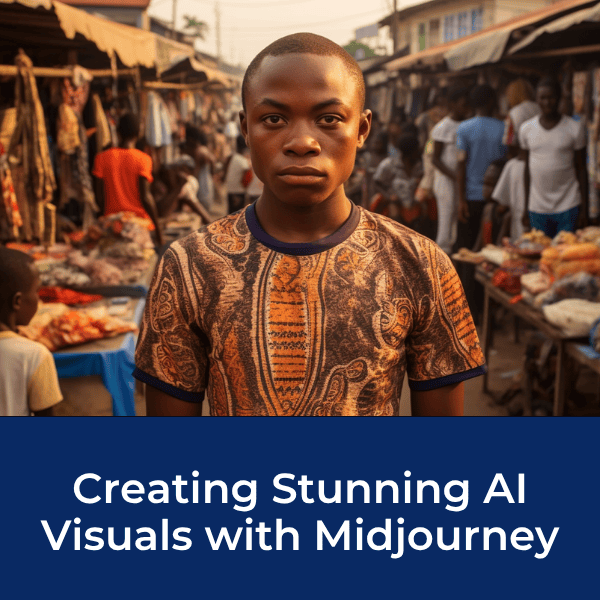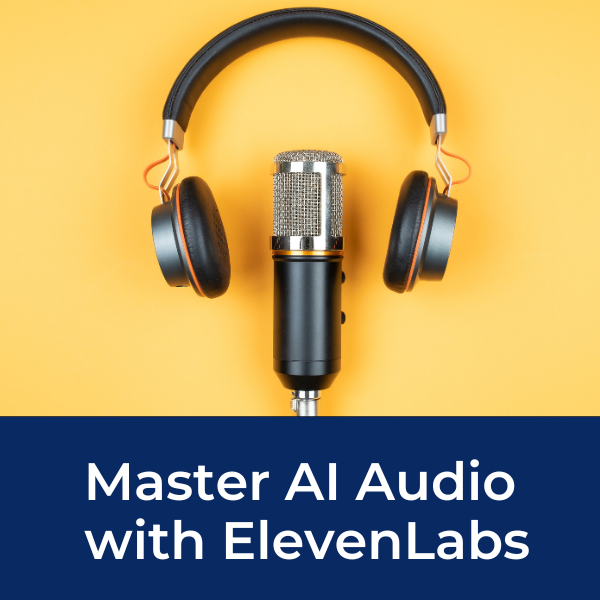Happy Documentary Review
by Bailey Barton
(New York USA)
If you’re looking for an optimistic and engaging documentary, you’ve found it.
The documentary “Happy,” written and directed by Roko Belic, is essentially a how-to guide to happiness including numerous psychologist opinions as well as personal stories about perseverance and resilience.
In using statistical analysis by professional psychologists, Belic accomplishes an excellent educational aspect to the documentary as well as supporting the actuality of achieving happiness with people's narratives. This combination, all in all, reinforces the central idea that it is your responsibility to pursue happiness.
The film incorporates many transitional clips: maps, charts, anatomy models, etc. By tying these clips with psychologist interviews and personal examples, Belic creates an authentic self-guide to happiness. To begin the film, Belic presents footage of a sheet with a quote from the constitution. The quote reiterated the American right to pursue happiness; to find happiness is your responsibility: it isn’t guaranteed. This supports the central idea throughout the film by including additional tips and knowledge about figuring out how to improve your life on a personalized level.
The director includes shocking statistical data displaying how preconceived notions about achieving happiness by being successful were very wrong. By inserting a pie chart (6:00), the viewer can see very clearly that a mere 10% of our happiness is based on social status, living situation, income, and other materialistic things, while 40% is based on the activities we fill our life with and how we choose to live. Following this data, the film cuts to a map of the U.S. highlighting Louisiana, indicating the setting for the next scene. Following the map transition, the film includes b-roll of alligators and swamps with a man’s voice, Roy Blanchard’s, saying this is paradise to him. Every clip Blanchard was in, he was smiling. The b-roll of beautiful sunsets casting over the swamp displays how minimalistic humans can be while achieving great happiness and considering what makes them, as an individual, happy - rather than focusing on societal values.
Lastly, in using a clip of a 3D model of the brain (9:22) while scientists’ narrate the chemical process of dopamine production in a voice-over, the “use-it-or-lose-it” idea is introduced.
As you age, you’re slowly losing dopamine synapses and most likely dopamine neurons as well. The use-it-or-lose-it idea is applied to say that one should seek out experiences and activities that release/require dopamine. Directly after this explanation, Belic cuts to multiple shots of the Gorilla Run in San Francisco, CA. The contrast of educational and whimsy aspects aids in making the journey towards improving your happiness appears to be more of an attainable goal.
In closing, the documentary uses efficient clips of interviews and data to prove their claim that you can (and should) exercise your right to pursue happiness by following your passions rather than focusing on materialistic details.
Comments for Happy Documentary Review
|
||
|
||
|
||
Ready To Make Your Dream Documentary?
Sign up for our exclusive 7-day crash course and learn step-by-step how to make a documentary from idea to completed movie!















